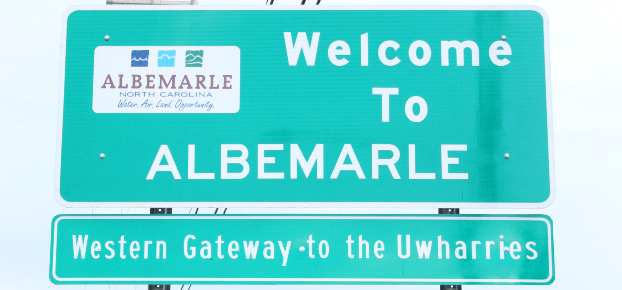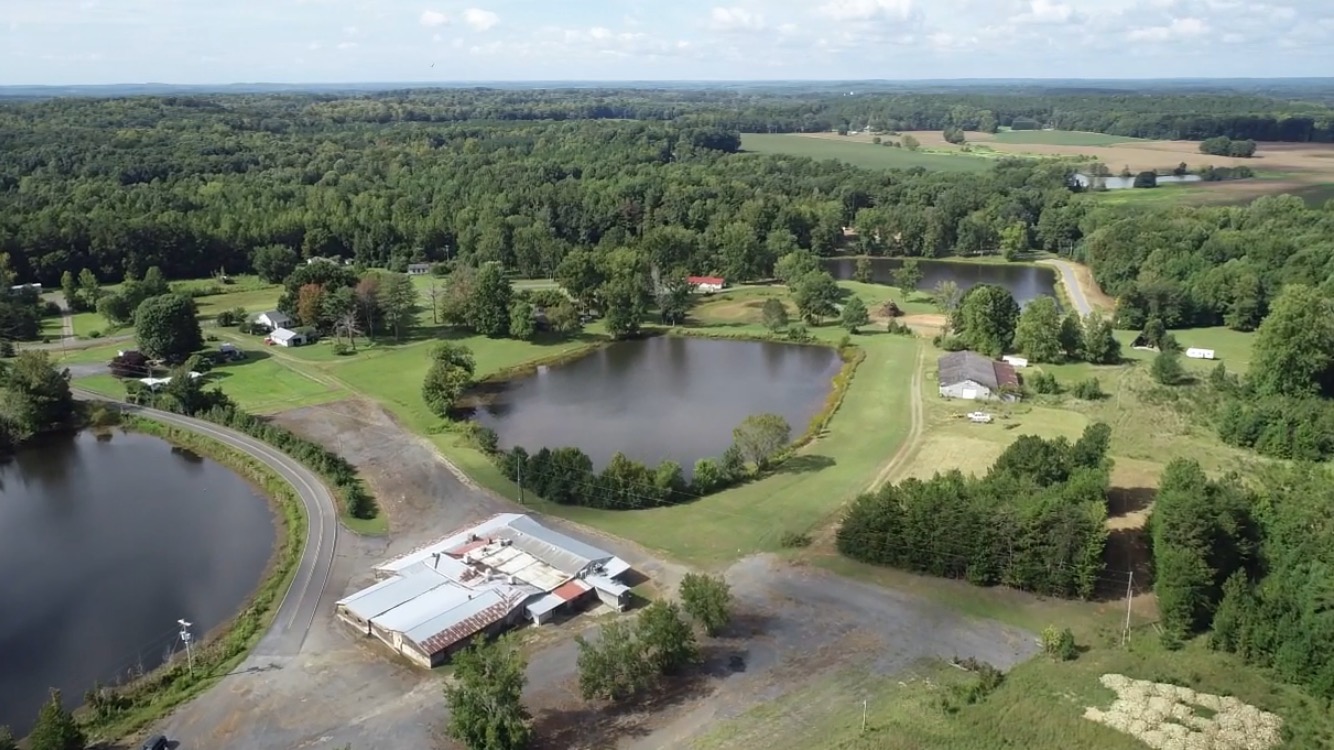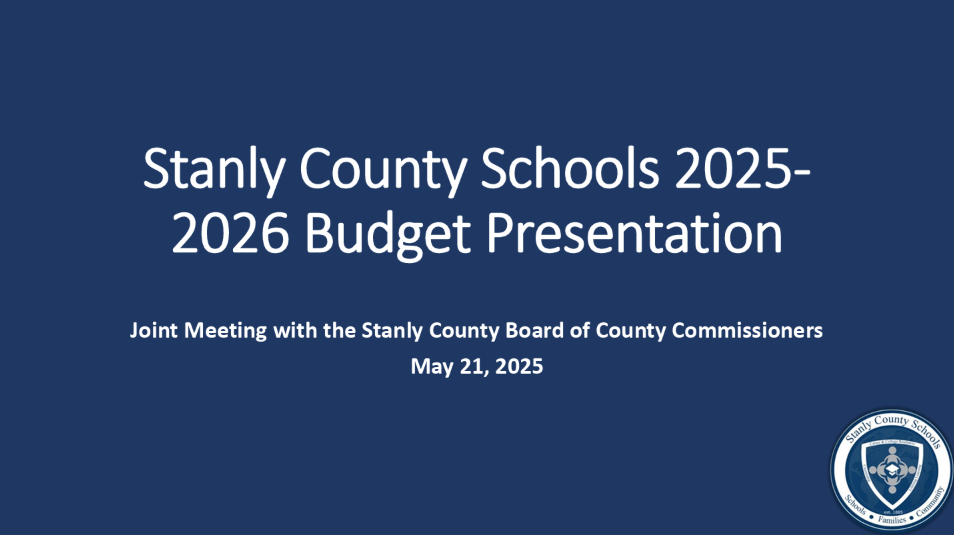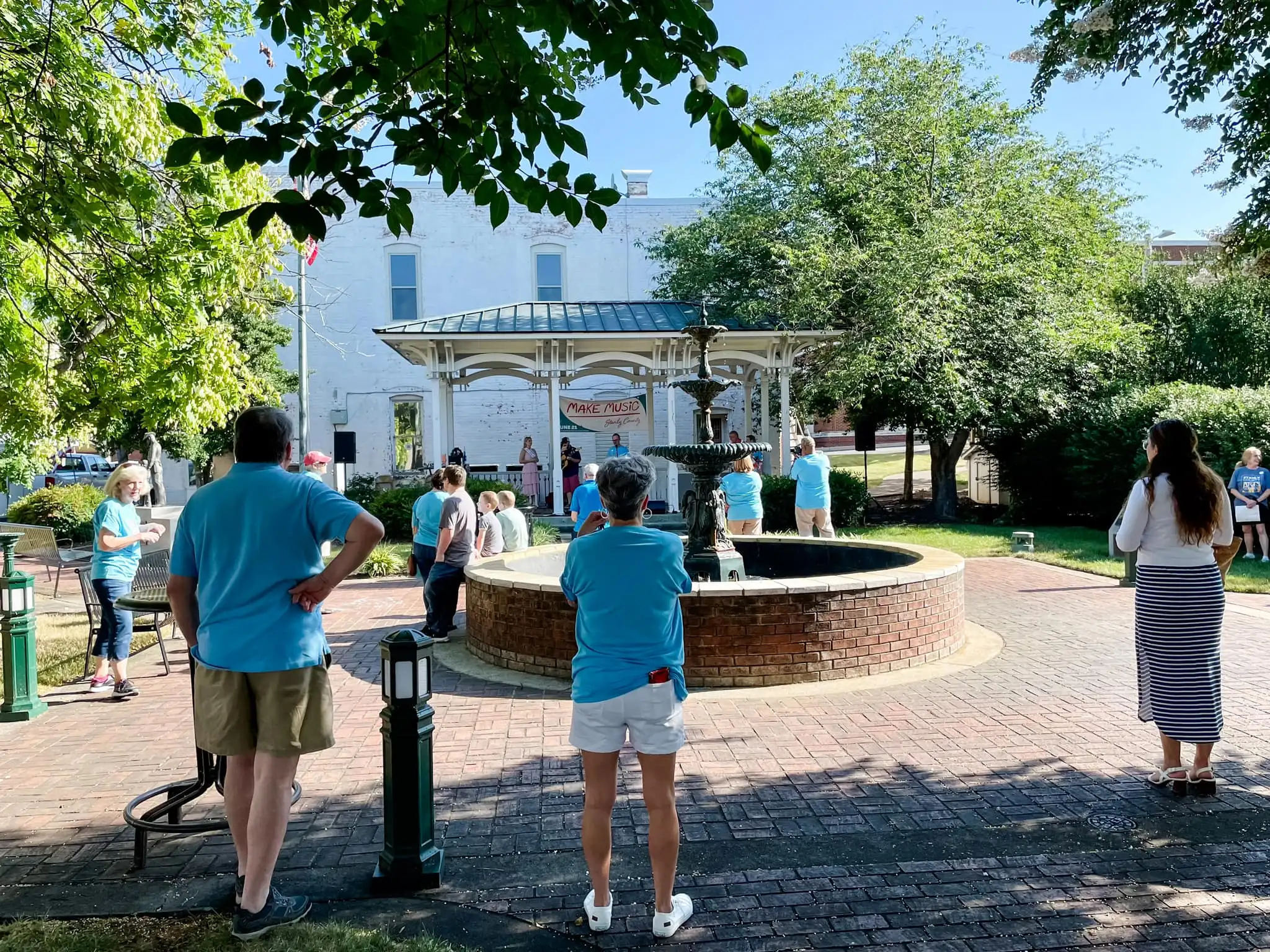Albemarle approves annexation, rezoning request for proposed 380 unit development
Published 9:49 am Wednesday, February 9, 2022

- Albemarle, North Carolina
|
Getting your Trinity Audio player ready...
|
The Albemarle City Council on Monday approved an annexation of about 136 acres of land along U.S. Highway 52 near the intersection with N.C. Highway 138 and Aquadale Road for a proposed cluster subdivision. It then voted to rezone the land as R-10 General Residential District.
The subdivision will include 380 single-family lots, though the maximum that can be developed under a cluster subdivision is 500.
The applicant, Exponential Development, came before the council in November to get the land annexed and then rezoned to R-8, but swiftly withdrew the request after a motion was made to deny the annexation. The applicant then re-applied in January for annexation with a proposed rezoning to R-10.
The tract of land the applicant wanted annexed consists of two parcels, one of which is entirely within county limits while the other is primarily located within the county.
Only about 3.5 acres of the northeastern corner of this property is designated as a floodplain. The presence of a pond and stream indicated some additional areas are likely wetlands.
The 2028 Land Use Plan classifies the property as a county growth area. Lee Allen, broker and owner of Re/Max Town and Country and president of the Canopy Realtor Association, mentioned Albemarle has become a key destination for people looking to leave larger areas like Charlotte. To better understand the location market, Allen researched a two-mile radius within the city, including the property for the subdivision, and found that over the last six months 11 homes have sold and only two are currently for sale.
“The problem is there is a demand,” he said. “Demand is way outpacing the supply that we have.”
In a detailed analysis of how a new development would impact the city, staff found that with the addition of between 380 and 500 units, the city would add between 920 and 1,200 new residents, which would increase the current population by up to 7.5 percent. Staff projected that such a development, once it was fully built, could produce a little over $1 million in revenue for the city.
A few residents expressed concerns with the rapid growth that would accommodate the development of the subdivision.
“The city can’t handle this much growth at this time,” said Barrett Eatman, who spoke against the proposed subdivision in November as well. He was worried the school system would not have enough space to provide for an influx of young people.
He was also concerned that during the building process, debris would build up and find its way into Rock Creek Park.
Thomas Townsend, who has been a general contractor for more than 25 years, said he supported planned growth but viewed this project as “out of control, everybody-does-their-own-thing-type growth.”
To better prepare for the future, Townsend suggested the city, county and other municipalities come together to agree on a sustainable plan for positive, controlled growth.
To help quell anxieties, Michael Sandy, who presented on behalf of Exponential Development, told council that whenever the development gets official approval, the build-out would likely take anywhere from three to five years.
“It’s not something that’s going to turn around and be a light bulb that comes tomorrow,” he said. “It’s over a period of time for all of that to happen.”
After hearing from the parties, Councilman Chris Whitley offered a motion to approve the annexation request, which was seconded by Councilman Benton Dry. It was approved and the council approved the ordinance to rezone the property.







